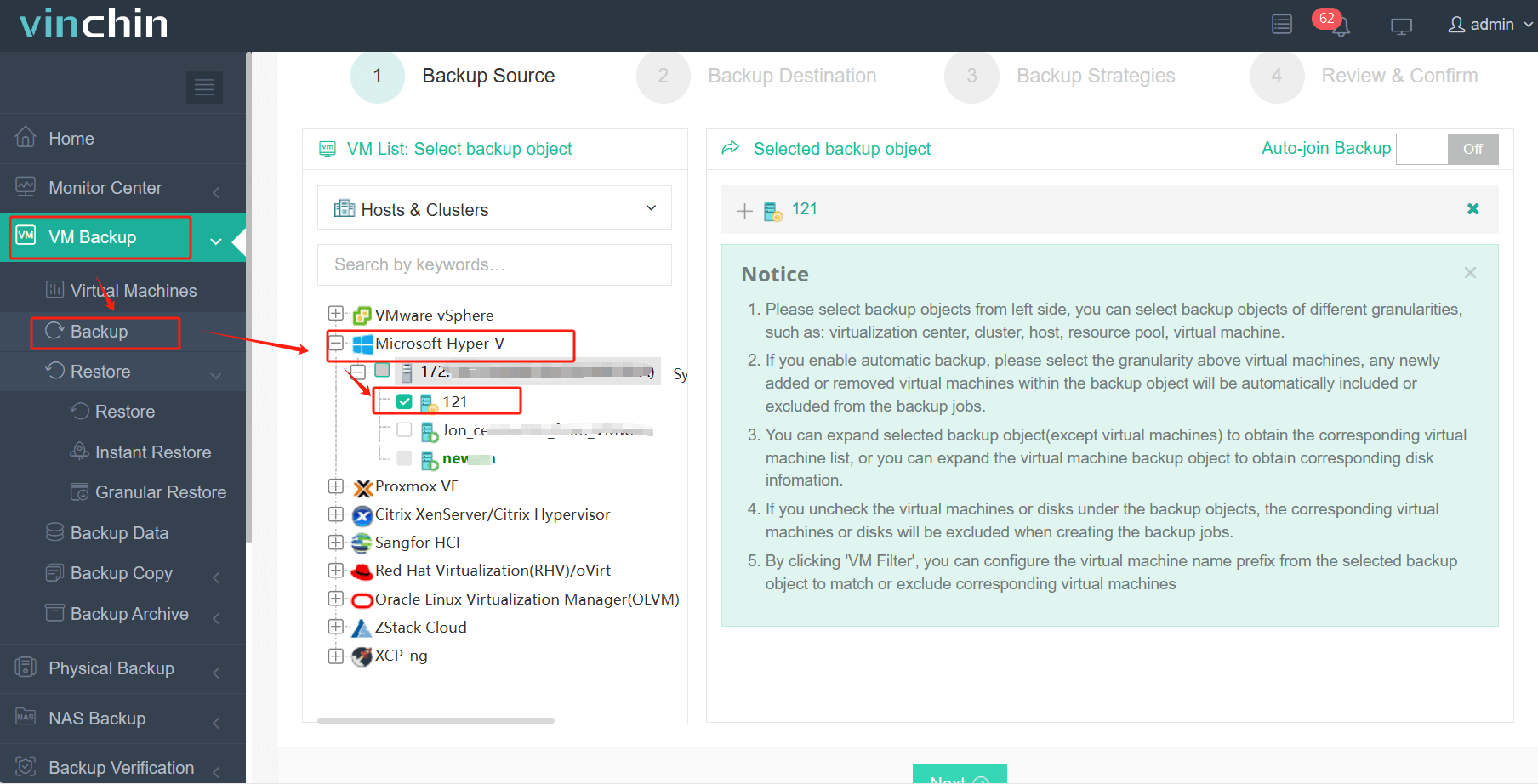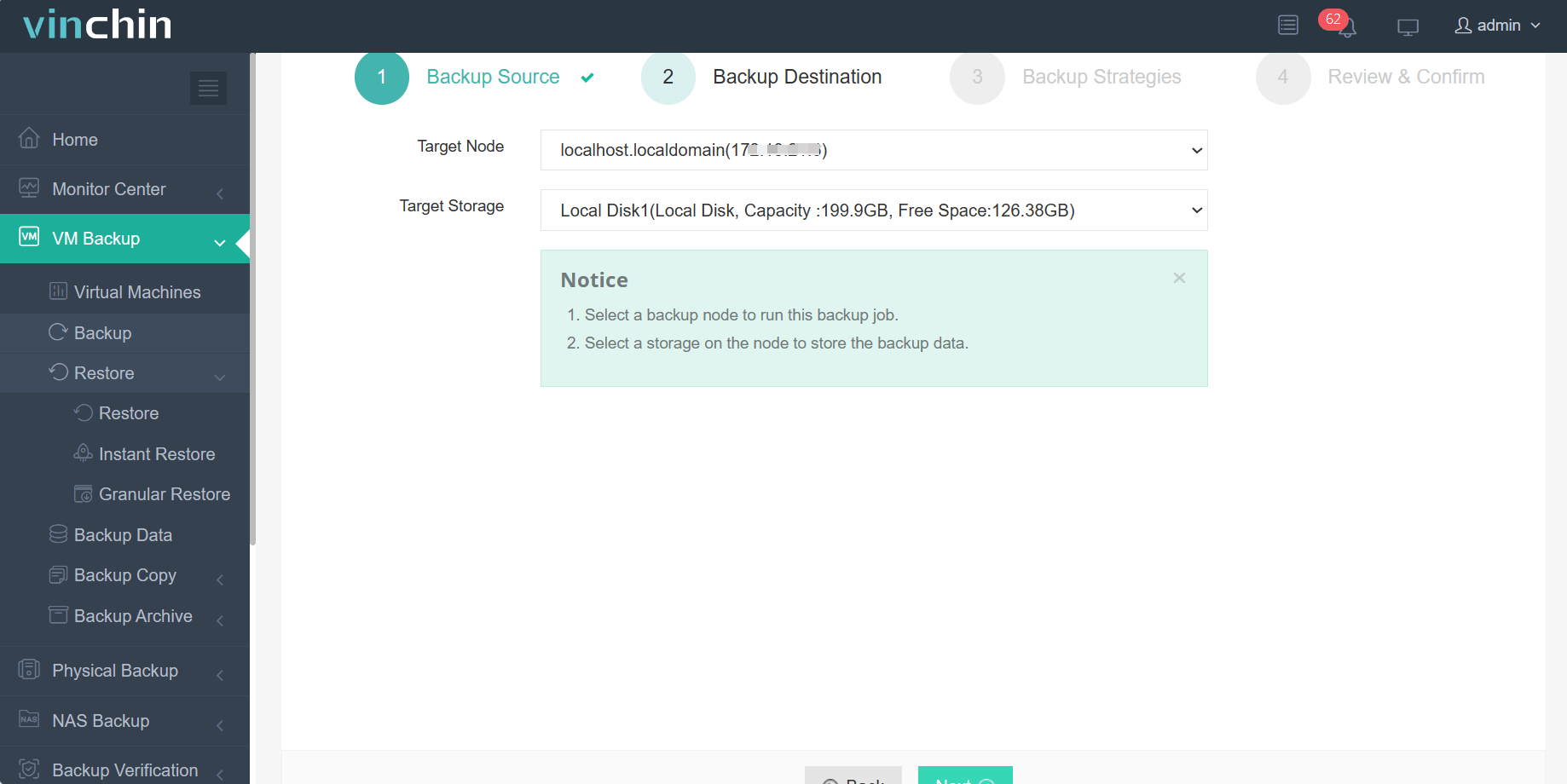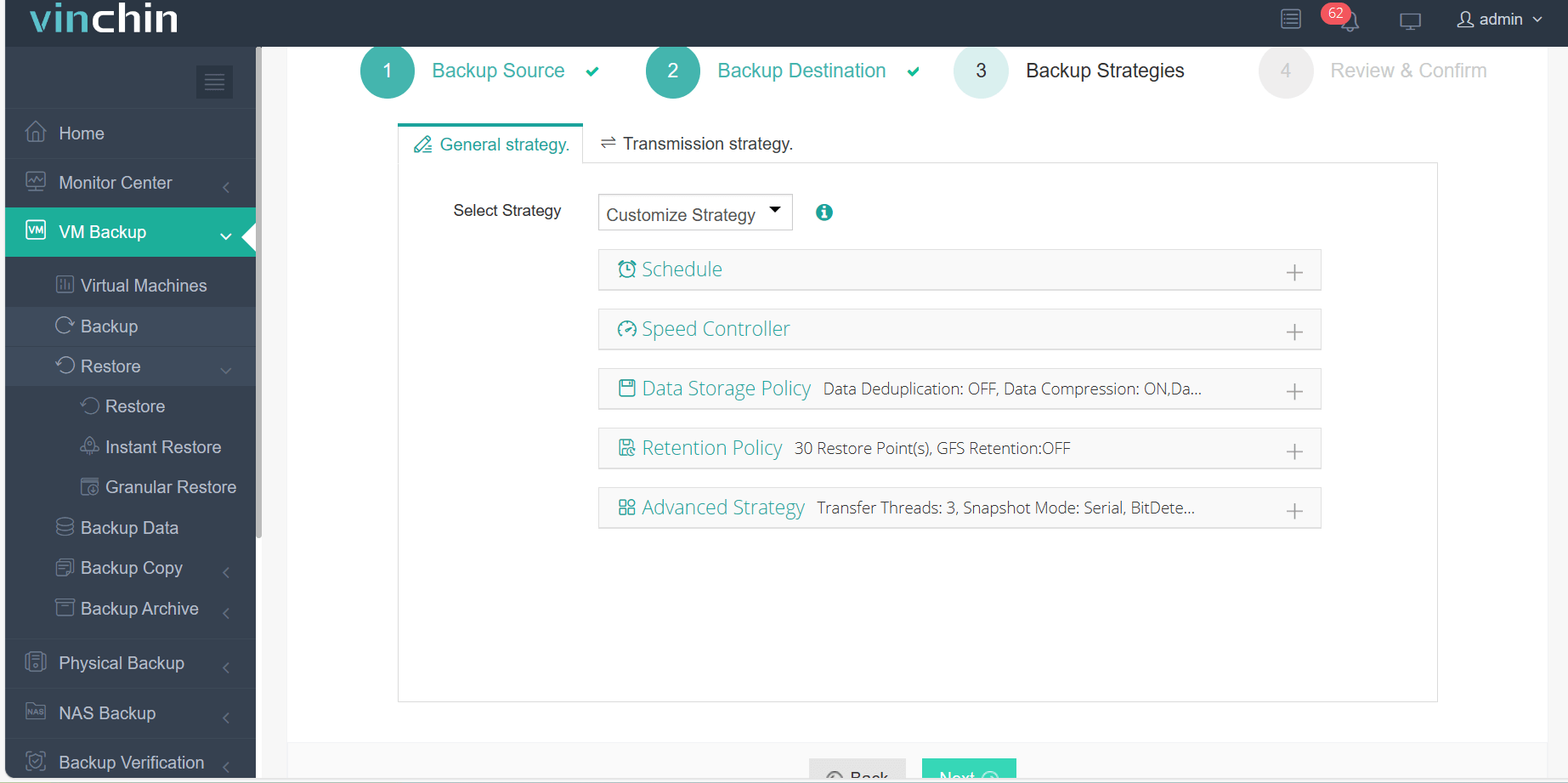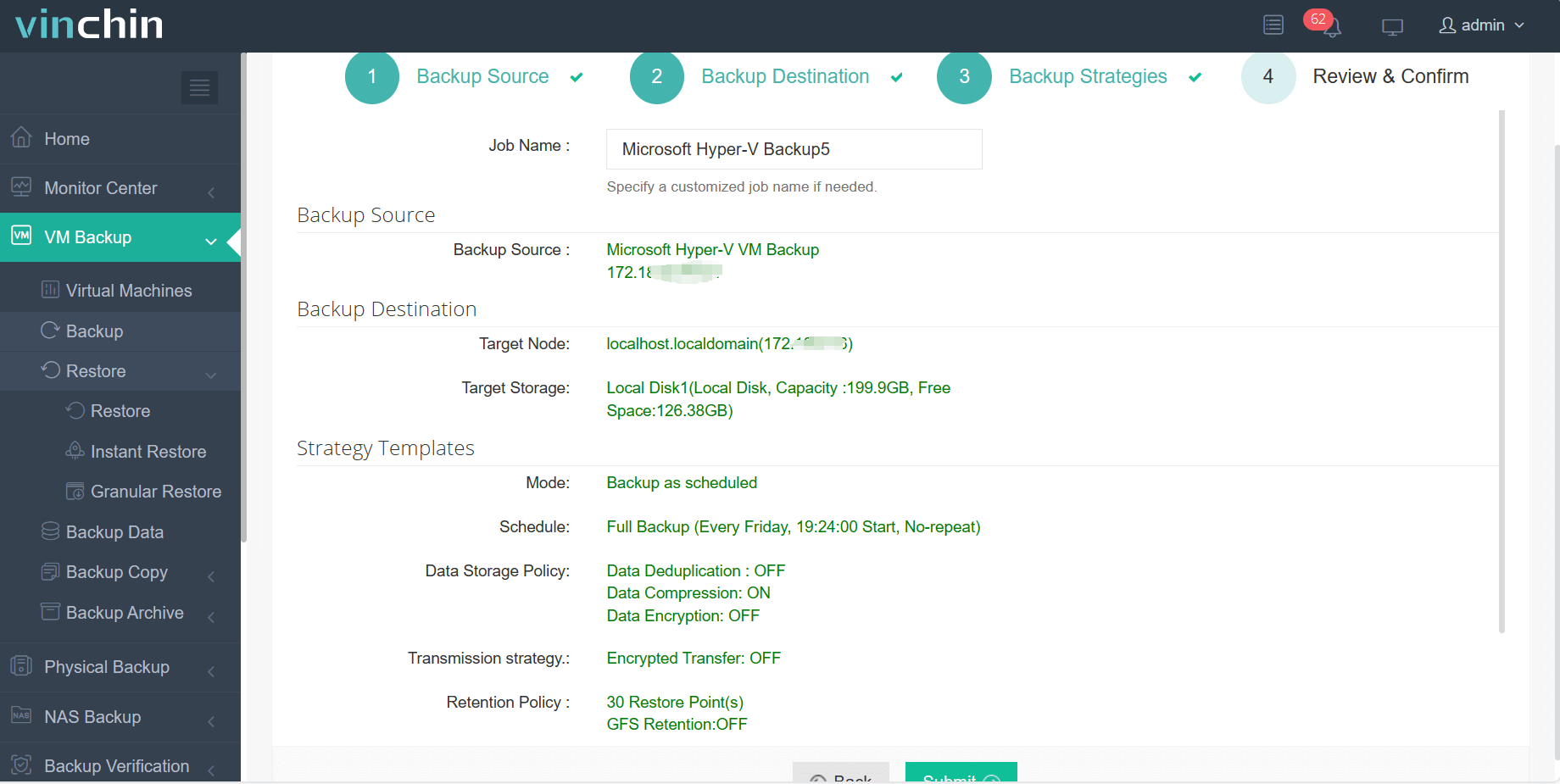-
How to force shutdown a stuck VM in Hyper-V?
-
Protect your Hyper-V VMs with Vinchin Backup & Recovery
-
Hyper-V force vm shutdown FAQs
-
Conclusion
When working with Hyper-V, it's not uncommon to encounter VMs that become unresponsive — stuck in a "Starting," "Stopping," or "Running" state, and no longer reacting to standard commands in the Hyper-V Manager. In such cases, the usual shutdown or reset options may be grayed out or return error messages like “The operation cannot be performed while the object is in its current state.”
This guide explains how to safely force shutdown or kill a frozen VM in Hyper-V without rebooting the entire host. Whether you're managing a standalone Hyper-V host or a non-clustered environment, the steps outlined here — including restarting the VMMS service, terminating the vmwp.exe process via Task Manager, or using PowerShell — will help you regain control over stuck virtual machines with minimal disruption.
How to force shutdown a stuck VM in Hyper-V?
1. Restart the Hyper-V Virtual Machine Management Service (VMMS)
Applicable when Hyper-V Manager fails to load the list of virtual machines. This operation will not interrupt any running VMs.
PowerShell command:
Get-Service vmms | Restart-Service
2. Forcefully Terminate a Stuck VM Process Using Task Manager
Each VM is hosted by a separate vmwp.exe (Virtual Machine Worker Process). You can identify and terminate the corresponding process based on the VM's GUID.
Steps:
In Hyper-V Manager, right-click the VM > Settings, then note or locate its configuration path.
Open the specified path, find the folder matching the VM name, and copy the GUID from the .vmcx file name.
Open Task Manager > Details tab > locate vmwp.exe, and find the process where the User Name matches the VM GUID.
Right-click and select End Task.
3. Forcefully Terminate a Hung VM Using PowerShell
Example:
# Get the VM's GUID
$VMGUID = (Get-VM "VM Name").Id
# Find the corresponding vmwp.exe process
$VMProc = Get-WmiObject Win32_Process | Where-Object {
$_.Name -eq "vmwp.exe" -and $_.CommandLine -match $VMGUID
}
# Forcefully terminate the process
Stop-Process -Id $VMProc.ProcessId -ForceProtect your Hyper-V VMs with Vinchin Backup & Recovery
While forcefully shutting down a frozen VM can help restore control, it's important to remember that unexpected crashes or interruptions may lead to data loss or VM corruption. To safeguard your virtual machines against such risks, implementing a reliable backup strategy is essential — especially in production environments.
Vinchin Backup & Recovery offers an agentless, image-based backup solution for Hyper-V environments that helps protect VMs with minimal system impact. It supports file-level recovery, deduplication & compression, and forever incremental backups, allowing you to back up efficiently and restore specific data quickly when needed.
To meet growing backup demands, Vinchin supports backup node expansion for large-scale environments, cloud archiving to platforms like Amazon S3 and Azure Blob, and offsite backup copy for added data security. Whether you're running Hyper-V on Windows Server or desktop systems, Vinchin provides a lightweight, scalable, and secure backup solution tailored for Hyper-V workloads.
Vinchin Backup & Recovery's operation is very simple, just a few simple steps.
1.Just select VMs on the host

2.Then select backup destination

3.Select strategies

4.Finally submit the job

Want to see it in action? Vinchin offers a 60-day free trial, so you can fully explore its features in your own environment — no commitment required. For details, contact us directly or reach out to a local partner for personalized assistance.
Hyper-V force vm shutdown FAQs
Q1: What are the consequences of a forced shutdown?
A1: A forced shutdown can result in data loss or file system corruption inside the virtual machine, especially if the virtual machine is in the middle of a write operation. To avoid this, you should ensure that the virtual machine is able to shut down properly whenever possible.
Q2: How to avoid the need for a forced shutdown?
A2: Save your work progress regularly, enable the auto-save feature (if available), and make sure that the latest updates and service packs are installed to minimize cases of unresponsive VMs. In addition, proper allocation of virtual resources, such as CPU and memory, can improve the stability of the virtual machine.
Conclusion
To force shutdown a stuck VM in Hyper-V, restart the VMMS service, end the vmwp.exe process via Task Manager, or use PowerShell. For long-term protection, use Vinchin Backup & Recovery to safeguard VMs from crashes, corruption, or unexpected downtime.
Share on:





